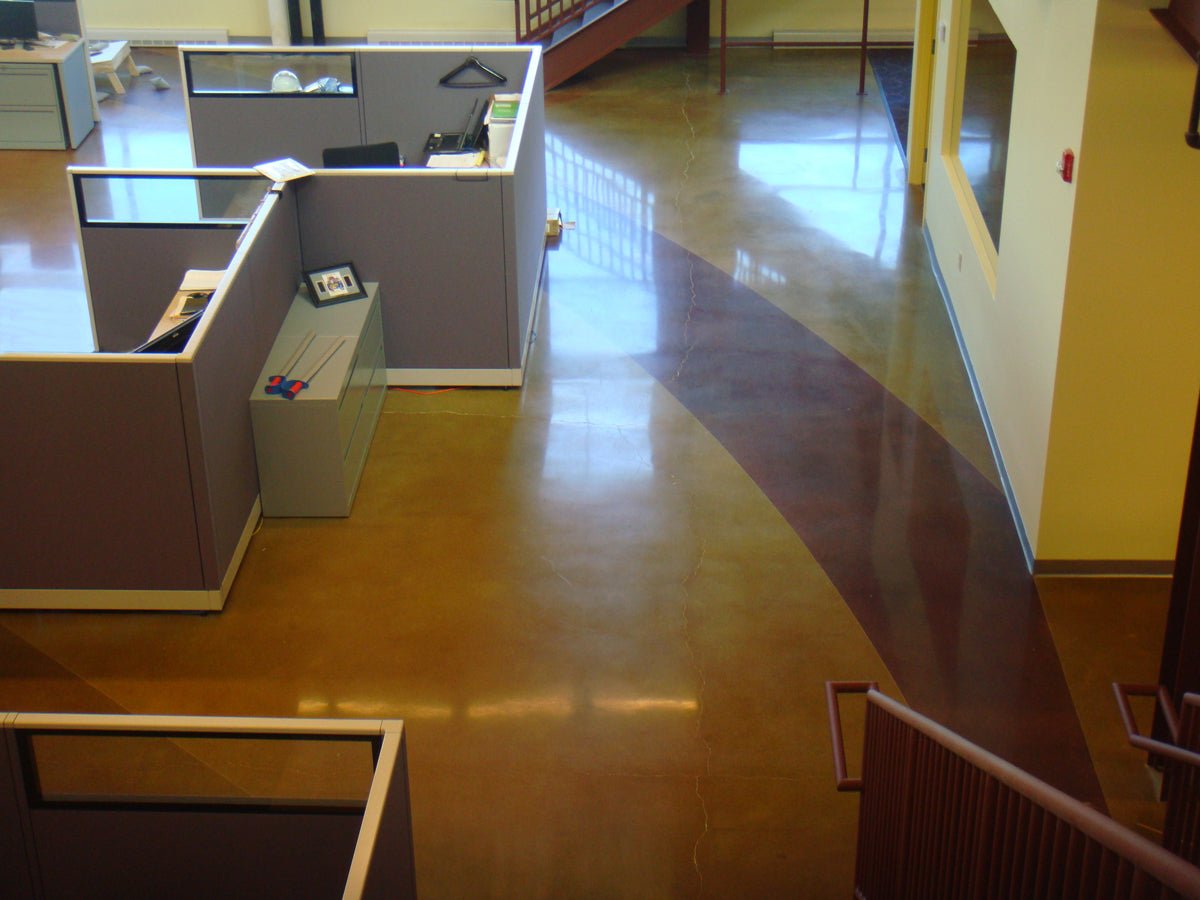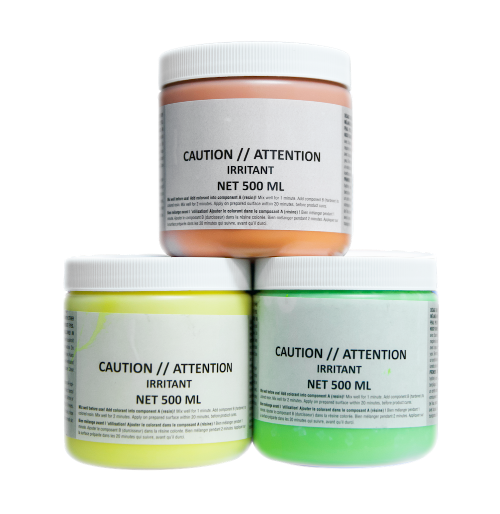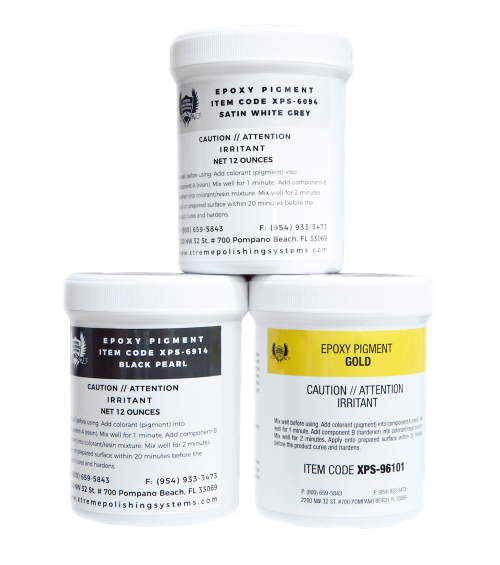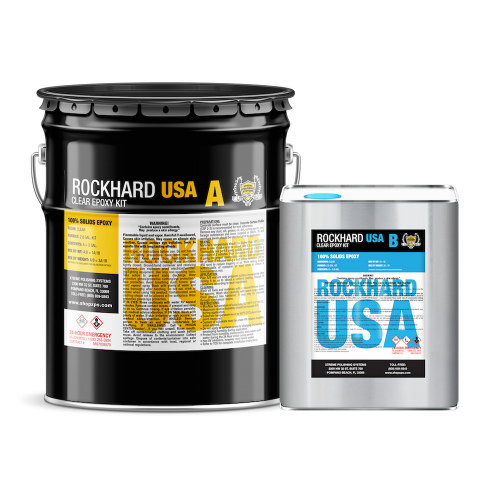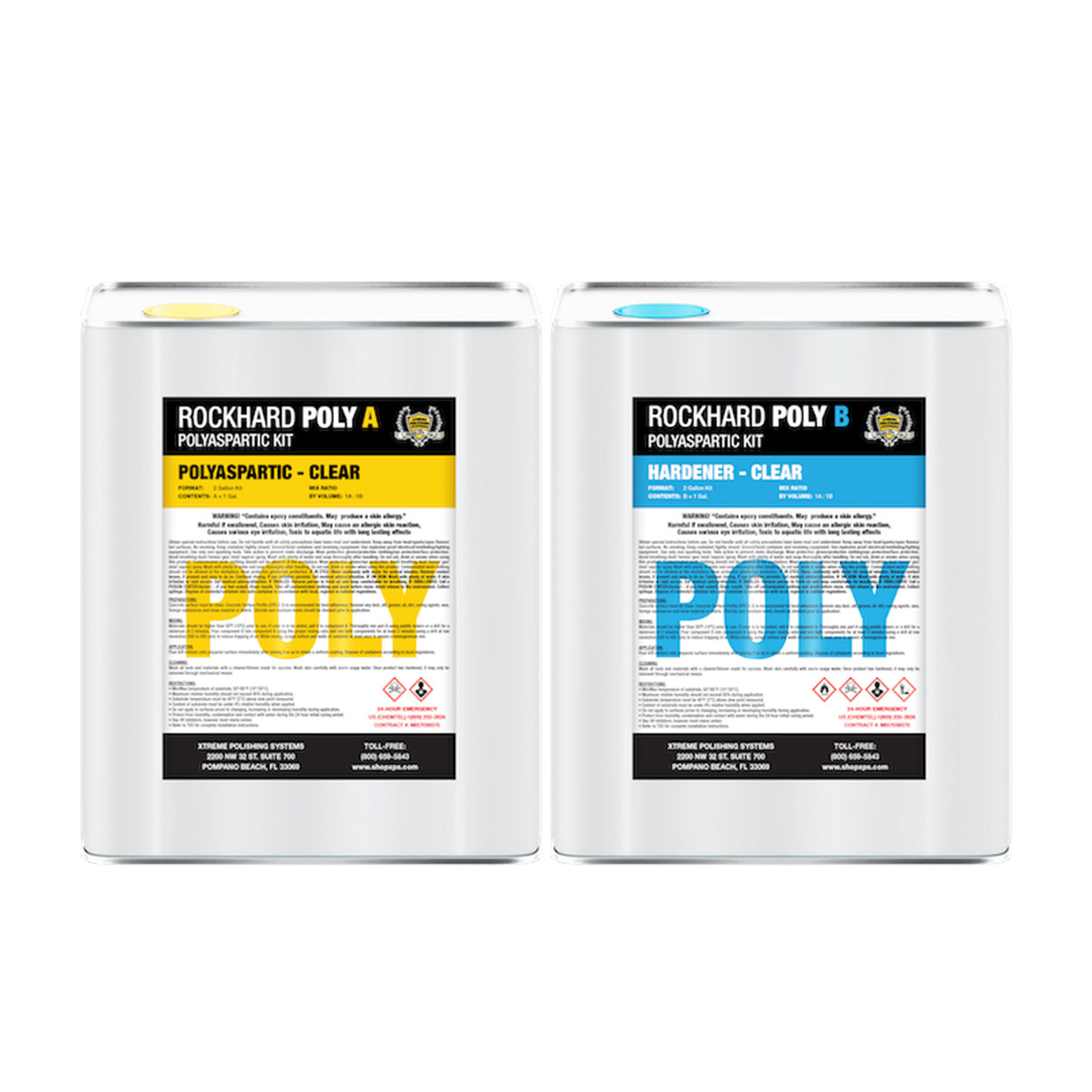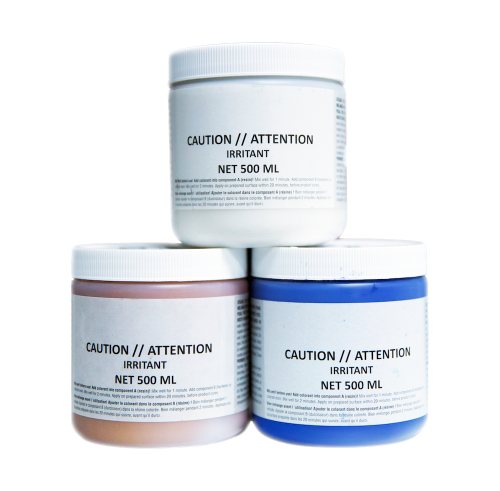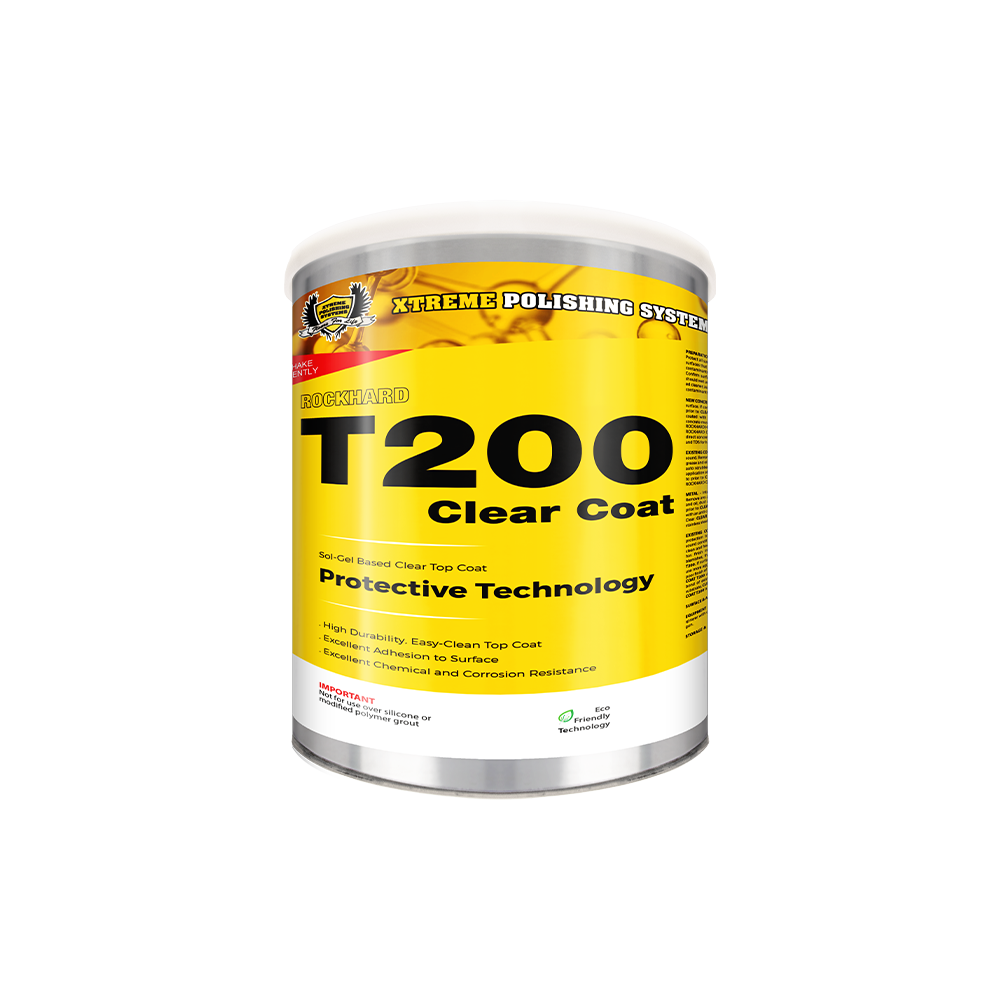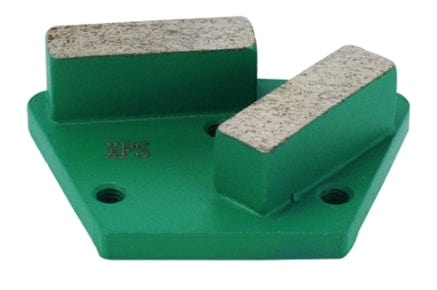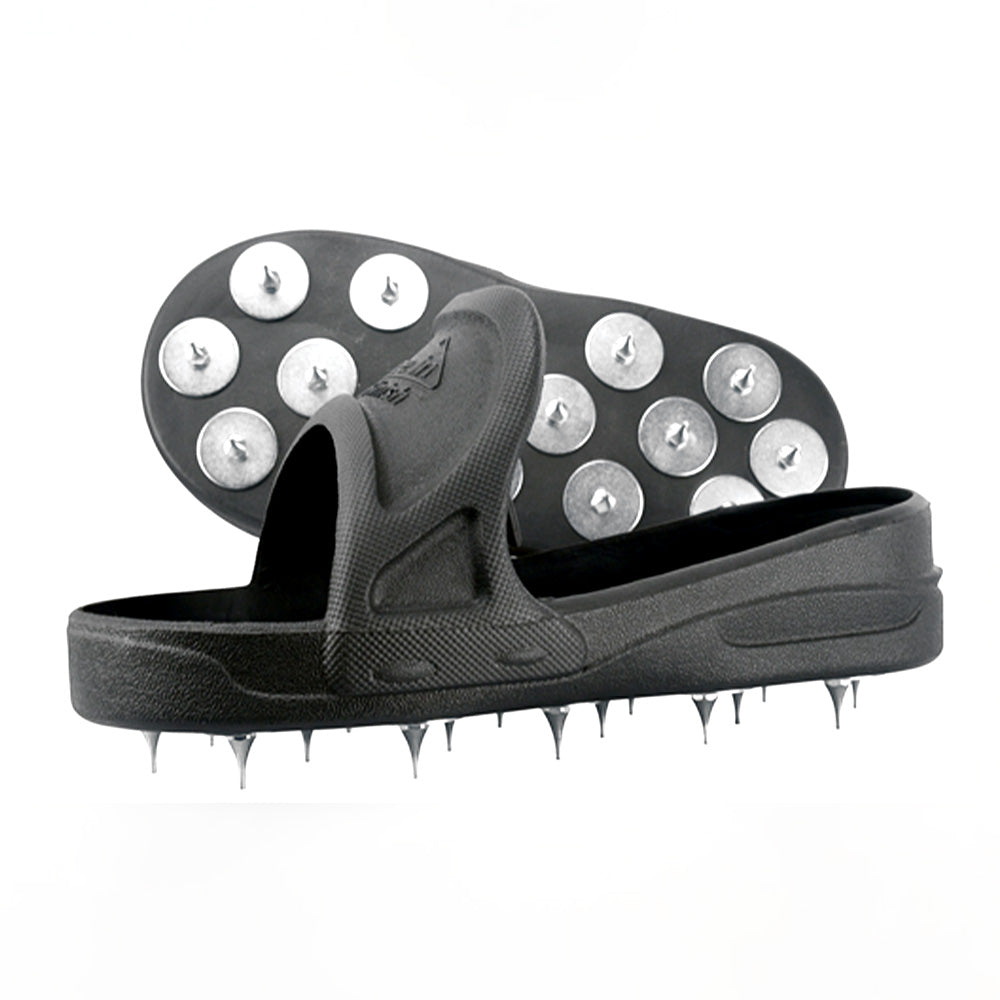Static and Dynamic Coefficient of Friction
There are two types of Coefficient of Friction known as static and dynamic. When measuring friction from a resting position, it is called static coefficient of friction (SCOF), and the measurement of relative motion is called dynamic coefficient of friction (DCOF). The measurements will discover the propensity for accidents on flooring in wet and dry conditions. The most important however, is testing the floor when in wet conditions with water or a lubricant because majority of slips and falls are on wet flooring.Surface Testing Methods
Pendulum testers, tribometers and variable-angle ramps are some of testing methods used to test static and dynamic coefficient of friction. The American Society for Testing and Materials (ASTM) defines the pendulum tester the national standard for the slip resistance testing machines when testing dynamic and static Coefficient of Friction. The pendulum tester is also used the most worldwide as the pedestrian slip resistance test method. The way this testing device works is it uses a piece of rubber to travel across the flooring for 124-126 mm while mounted onto a pendulum device.The BOT-3000E digital tribometer, also known as the “drag-sled meter,” is becoming a popular slip resistance tester for dynamic and static Coefficient of Friction. This test meter is also backed by ASTM. The tester crawls at a slow pace along the floor surface dragging a piece of rubber to measure the slip resistance while documenting the values for SCOF and DCOF. The American National Standards Institute (ANSI) set the ranges to static and dynamic values. The higher the value of friction the less slippery the surface will be in an industrial, commercial or residential setting. Low friction measurements present a high risk for accidents. Standard setting for ANSI is >0.42 for dynamic friction and >.60 for static friction on polished surfaces to prevent slips and falls.


